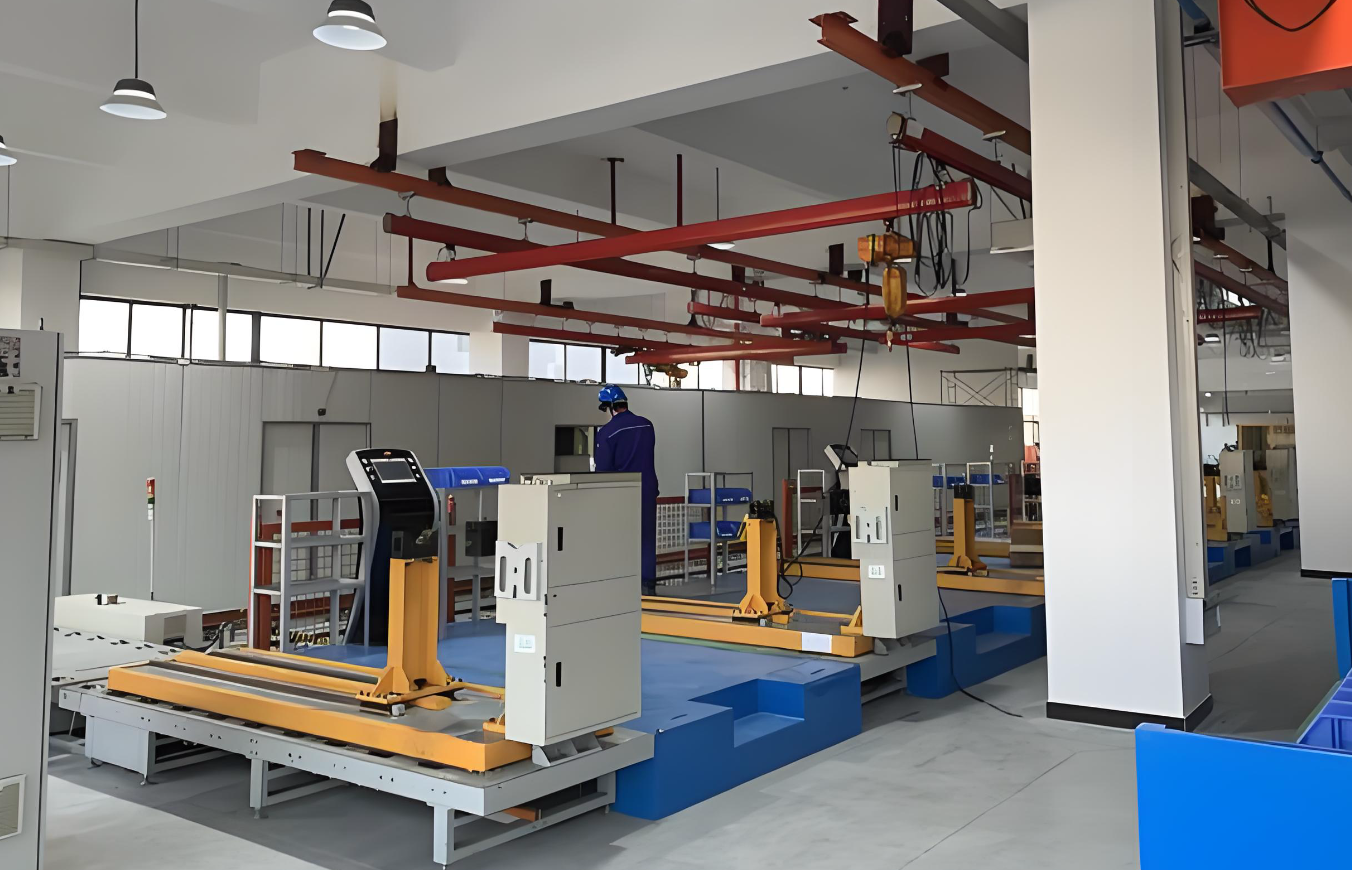The role of power-frequency withstand voltage test in the production of ring main units
Power-frequency withstand-voltage testing is a vital checkpoint in ring-main-unit production. By applying 50 Hz over-voltage—typically 42 kV for 10 kV gear—for one minute, it verifies that insulation between live parts and earth, and across open contacts, can survive service surges without breakdown or flashover. The test reveals hidden defects such as cracks, moisture, or poor assembly, preventing faulty units from reaching the grid. Conducted with a regulated transformer set, gradual voltage rise, and precise leakage-current monitoring, the procedure satisfies GB/IEC standards and forms a mandatory routine test, ensuring every delivered RMU is electrically robust and safe for long-term operation.

Power-frequency withstand voltage testing plays a critical role in the production of ring main units (RMUs). Its core purpose is to verify insulation strength, detect latent defects, and guarantee operational safety. A detailed explanation is given below.
1. The role of power-frequency withstand voltage testing in RMU production
- Verifying that insulation performance meets requirements
As high-voltage distribution apparatus, RMUs must provide adequate insulation between live parts and earth. By applying a voltage several times higher than the rated value, the test simulates possible over-voltages in service and checks whether the insulation is reliable. - Revealing manufacturing defects or hidden weaknesses
The test can expose problems such as ageing, moisture ingress, cracks, contamination of insulating materials, or poor assembly, preventing defective products from being put into operation. - Complying with national standards and industry codes
Power-frequency withstand voltage testing is a mandatory routine test for RMUs before delivery. It satisfies relevant GB, DL, IEC and other standards and constitutes an important criterion for product qualification.
2. Principle of power-frequency withstand voltage testing
The basic principle is:
A power-frequency (50 Hz) high-voltage source impresses the specified high voltage on the insulation of the equipment under test for a set duration (usually 1 min), while observing whether breakdown or flash-over occurs.
Key points of the mechanism:
- Simulating over-voltage conditions: The applied voltage is typically 2–4 times the rated voltage, reproducing extreme situations such as lightning or switching surges.
- Detecting insulation weaknesses: Under high stress, weak spots (e.g., voids, cracks) may break down or exhibit abnormal leakage current, thus being detected.
- Gradual voltage rise: Voltage is increased slowly from zero to avoid damaging sound insulation with sudden shocks and to facilitate observation of any anomaly.
3. Test method and procedure (RMU example)
3.1 Test-set composition
- Power-frequency testing transformer (generates high voltage)
- Regulator (adjusts output voltage)
- Voltmeter & ammeter (monitor voltage and leakage current)
- Protective resistor & voltage divider (protect equipment and personnel)
- Control system (performs voltage ramp, timing, alarm functions)
3.2 Test sequence (example for 10 kV RMU)
| Item | Test voltage | Duration | Pass criterion |
|---|---|---|---|
| Phase-to-earth & between phases | 42 kV | 1 min | No breakdown, no flash-over, leakage current within limit |
| Across open contacts | 48 kV | 1 min | Same as above |
- Preparation: Inspect enclosure, terminals, and insulators; set up safety zone; wear insulating PPE.
- Insulation-resistance check: Measure with a megohm meter; confirm >1000 MΩ.
- Voltage application: Raise voltage gradually to the target value, hold for 1 min, watch for breakdown, flash-over, or sudden current change.
- Voltage reduction & recording: After the test, reduce voltage quickly, record data and judge pass/fail.
4. Summary
Power-frequency withstand voltage testing is a key step in RMU production. It ensures insulation safety, uncovers potential defects, and fulfils standard requirements by simulating over-voltage conditions and gradually stressing the insulation, thereby securing the reliability and safety of the equipment in service.
